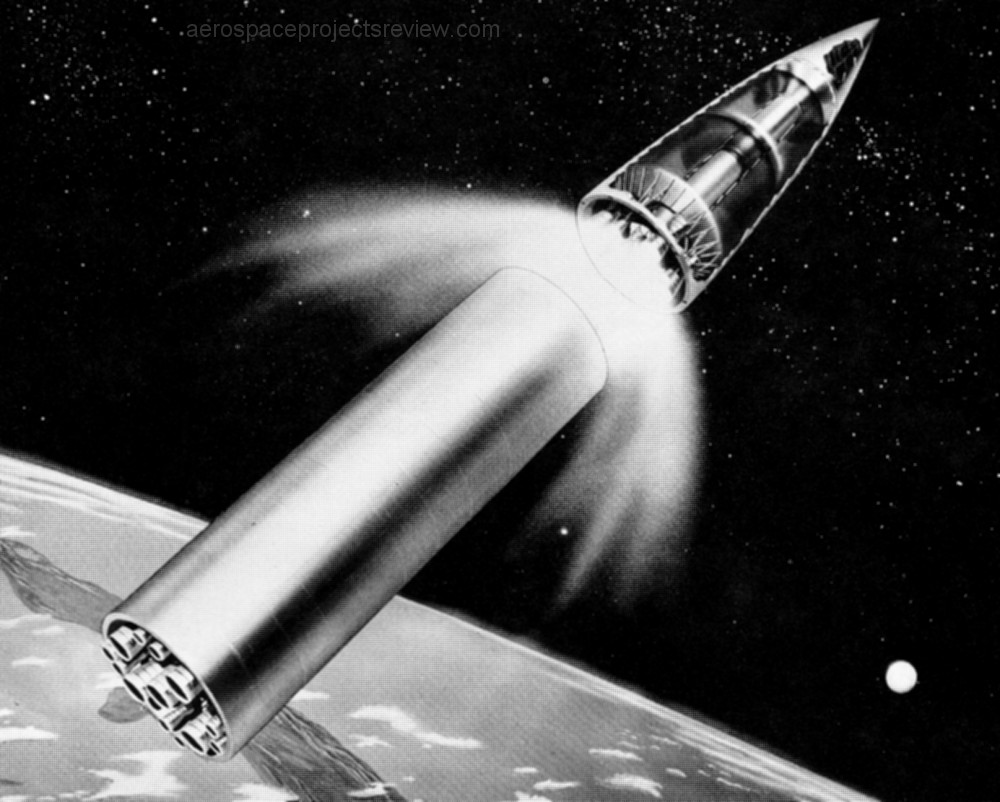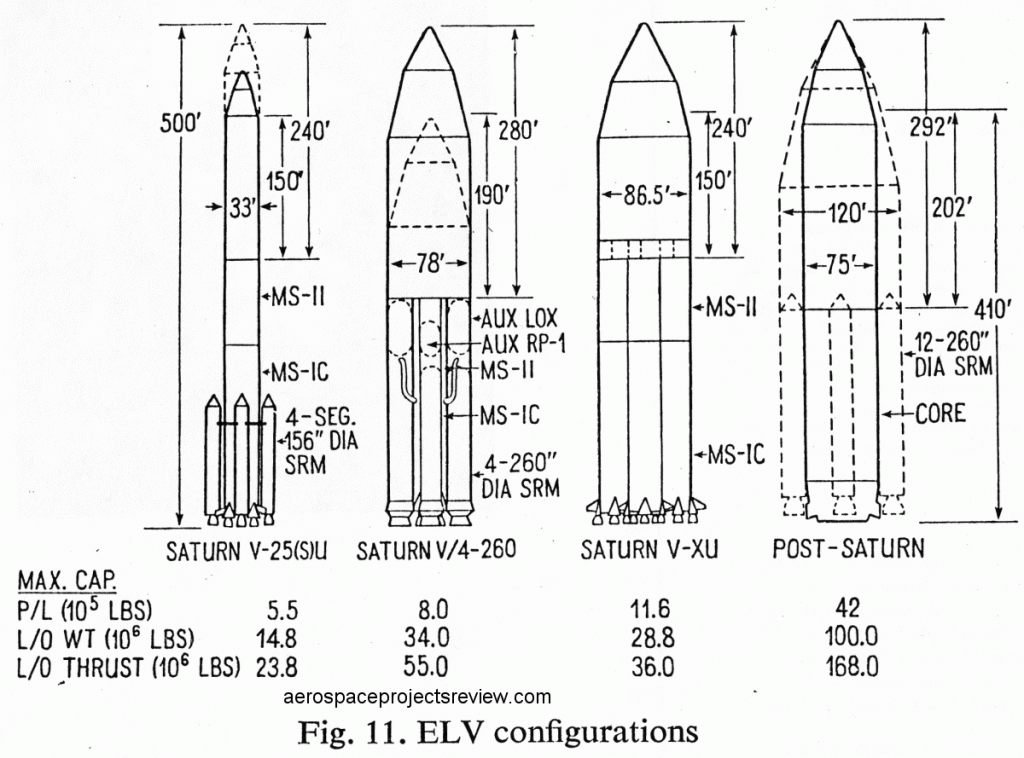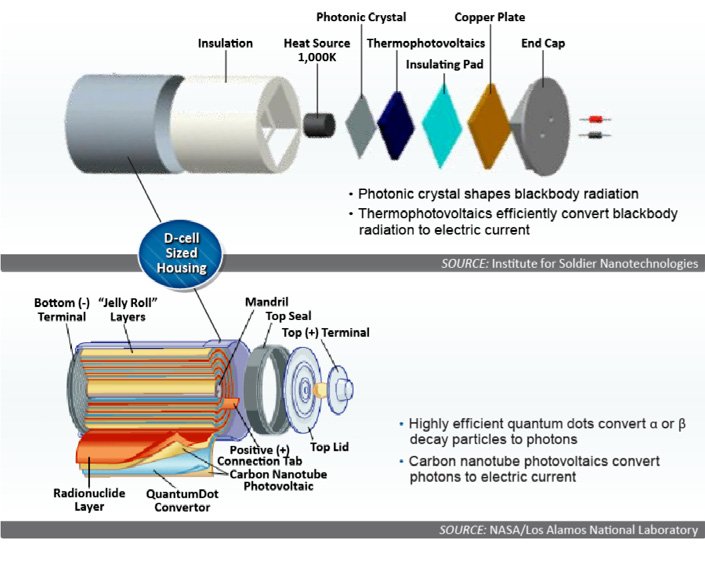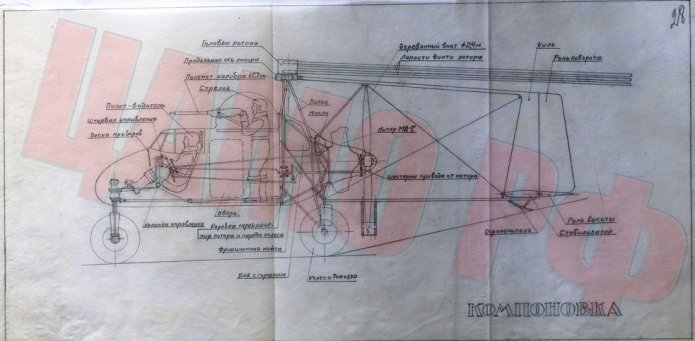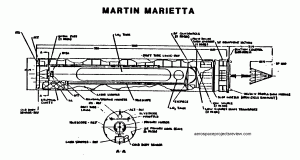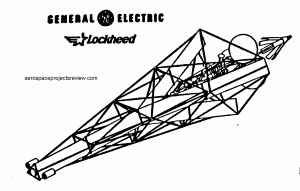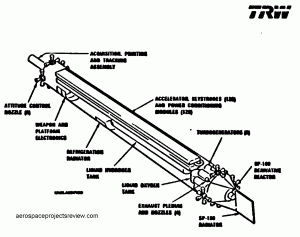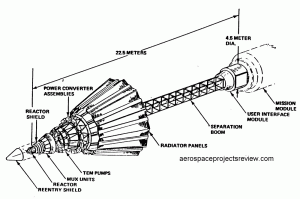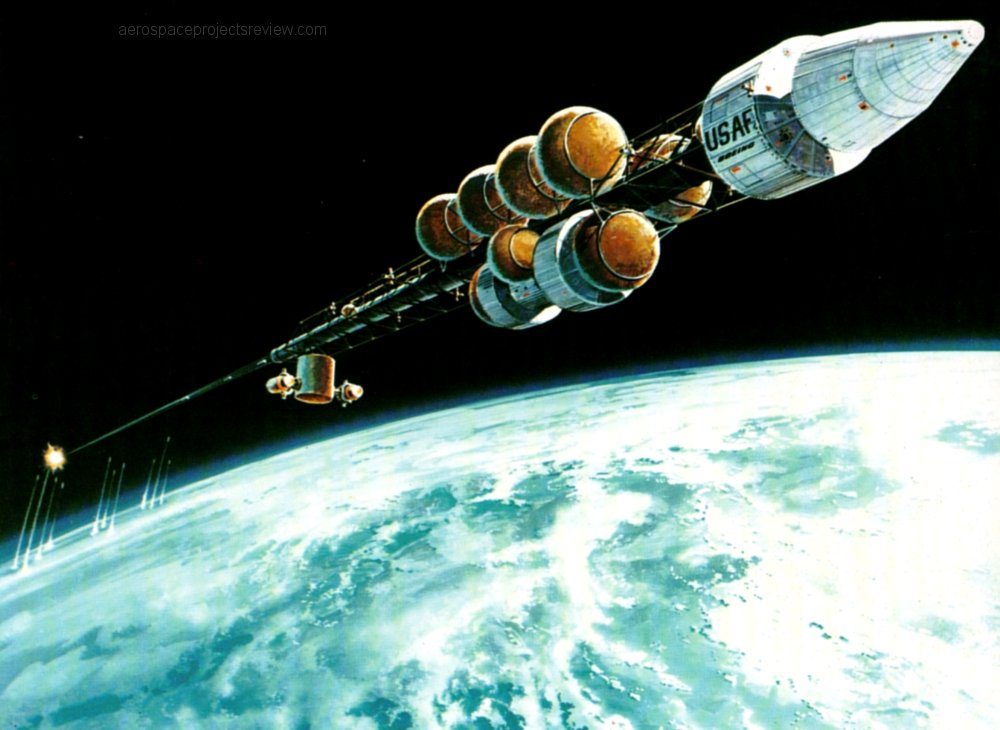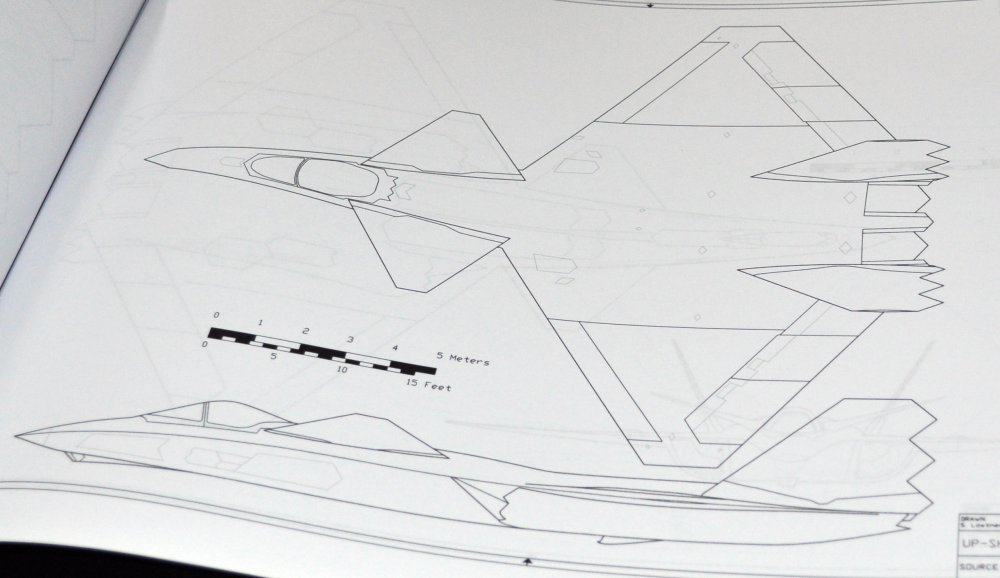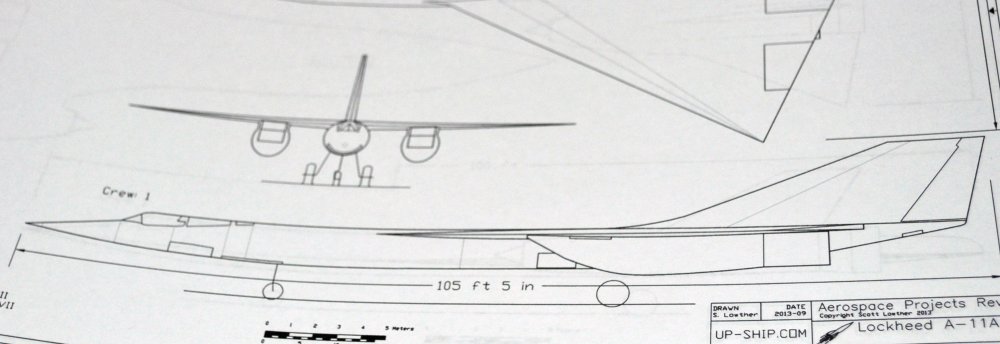Another space-based anti-missile system contemplated for the Strategic Defense Initiative was the neutral particle beam. Specifics are exceedingly thin as befits a concept that sounds a *lot* like science fiction.
In practice, the system is a particle accelerator that ionizes hydrogen atoms, grabs them with massively powerful magnetic fields and accelerates them to near light speed. At the end o the weapon, extra electrons are stripped from the atoms, making the hydrogen atoms electrically neutral. This makes them largely impervious to natural and artificial magnetic fields, so they go where you aim ’em and can’t be readily shielded against. However, atmosphere rapidly scatters the beam, so space basing is really the only option. Unlike a laser beam, a mirrored surface would not faze a neutral particle beam. In fact, much of the damage would be done *within* the target, as the hydrogen atoms would penetrate some distance before being stopped and depositing their kinetic energy as heat.
Most of the artist impressions of NPB weapons that I recall showed U-shaped accelerators. By folding the accelerator in half, the spacecraft would be more compact. The energy requirements meant that nuclear powerplants were needed, but the power requirements – billions of Watts for a tiny fraction of a second – would make the power storage and supply issue entertaining. If that issue is cleared up, firing rates of perhaps thousands of shots per second would be possible.
Heres a terrible-quality image of unknown origin, but shows the basic idea:
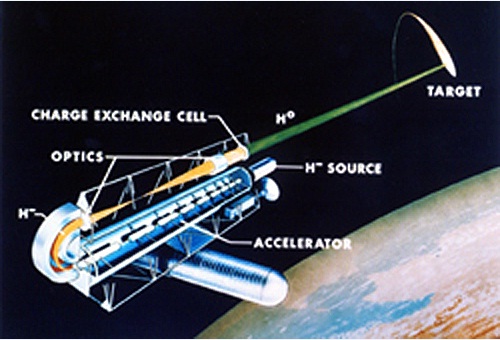
Another illustration, credited to Los Alamos National Lab. Note that what at first glance appears to be solar panels is actually transparent; these are either the result of severe artistic license or depict not solar panels but radiators.
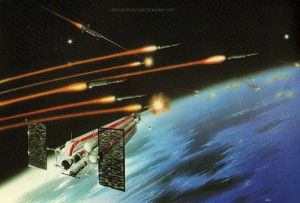
I’ve seen virtually nothing to judge the scale of these systems, but there were multiple references to NPB weapons being very large systems requiring numerous launches and considerable on-orbit assembly. Studies in the early 1990’s indicated that operational NPB weapons would probably not be feasible before 2025.
